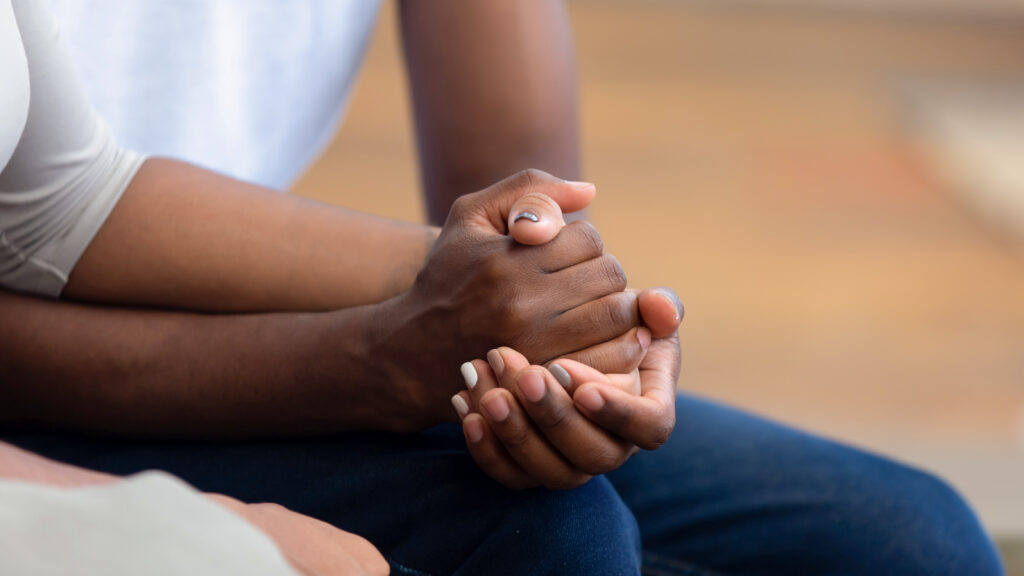Domestic Abuse
What is Domestic Abuse?
Domestic abuse is an incident or pattern of incidents of controlling, coercive, threatening, degrading and violent behaviour, including sexual violence. For the first time, a legal definition of domestic abuse was introduced as part of the Domestic Abuse Act, which became law in 2021.
What is Coercive Control?
Coercive Control is a form of domestic abuse that became a criminal offence in 2015. It is an act or a pattern of acts of assault, threats, humiliation and intimidation or other abuse that is used by perpetrators to harm, punish, or frighten their victim. These behaviours are designed to make the victim dependent on the perpetrator, removing their independence, isolating them from support networks, and controlling their everyday behaviour and activity.
What is Stalking & Harassment?
Stalking and harassment is “a pattern of unwanted, fixated and obsessive behaviour which is intrusive and causes fear of violence or serious alarm or distress.” This could be physical and in-person, or through communications such a social media, texts, phone calls, or emails. Perpetrators of domestic abuse often use stalking and harassment to monitor their partner or ex-partner’s movements, as well as using these tactics to threaten their partner to comply with their wishes. National stalking charity Paladin found that in 96% of stalking cases, the victim knew their stalker. It is a tactic increasingly used by perpetrators to maintain power and control.
Signs of Domestic Abuse
Domestic abuse can be any form of physical, sexual, psychological, coercive control, or financial abuse carried out by a partner, ex-partner, or family member. This includes honour-based violence and forced marriage, as well as stalking and harassment. It doesn’t matter what your age, race, gender, sexual orientation, gender identity, religion, wealth, or lifestyle – domestic abuse can occur in any relationship. In the year ending March 2020, 2.3 million adults aged between 16-74 experienced domestic abuse in England and Wales. Domestic abuse has a devastating impact on the lives of so many people.
Domestic abuse is not solely physical, and perpetrators will often try to control someone in several different ways. This is commonly recognised as coercive control and may include monitoring who you are contacting, who you see, and what you wear, or they may criticise, humiliate, belittle, or embarrass you in front of friends or family. You may have also felt that you have had to change your behaviour because of fears of how your partner may react. In the year ending March 2019, there were 17,616 offences of coercive control recorded by the police, nearly double the total of the previous year. This is a common form of domestic abuse and, thankfully, awareness is increasingly improving.
These are just a few examples of the different forms that domestic abuse can take. It is often a pattern of behaviours over a prolonged period of time, so you may experience more than one form of domestic abuse. These can also be very subtle, and you may be unsure whether you are experiencing domestic abuse – your partner may have also explained their actions by saying “I’m only doing this because I love you” or similar words to that effect.




